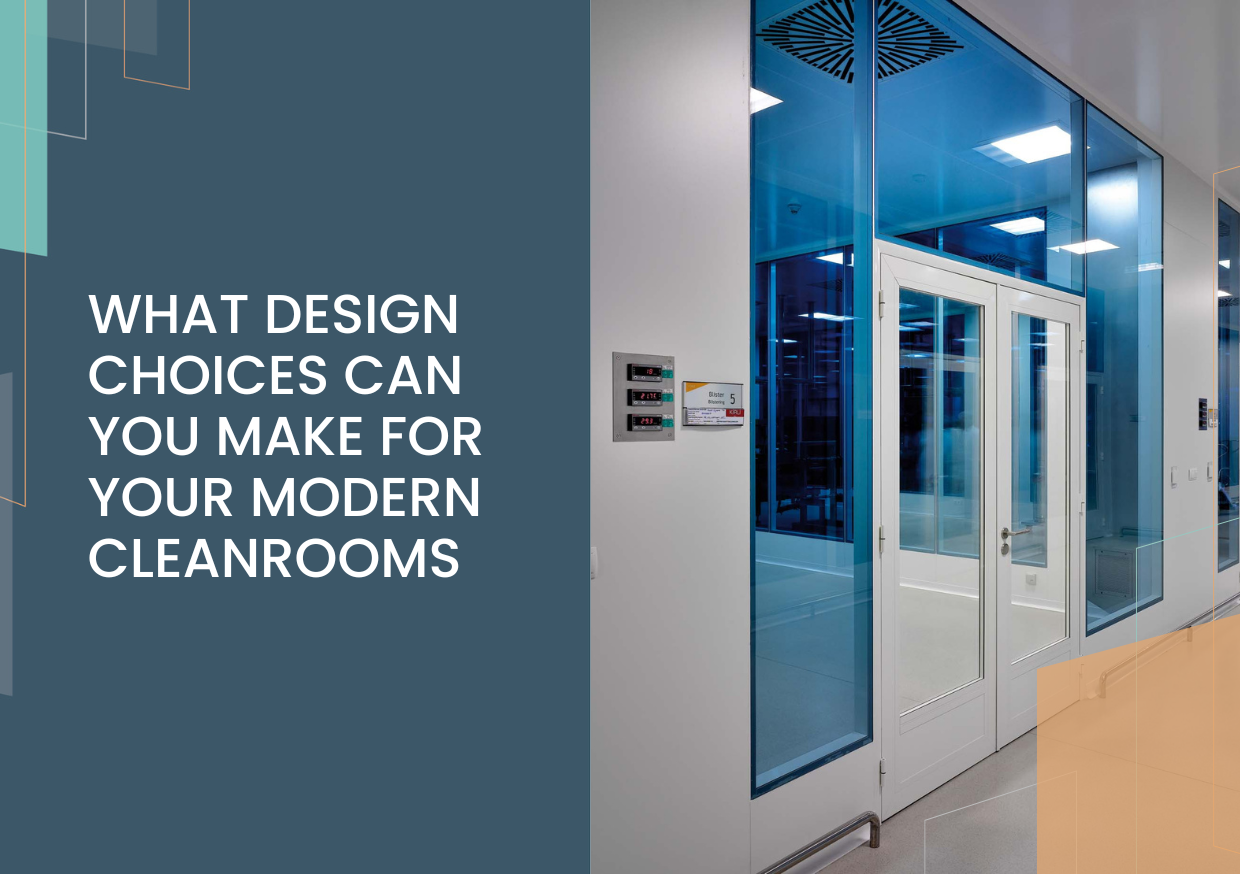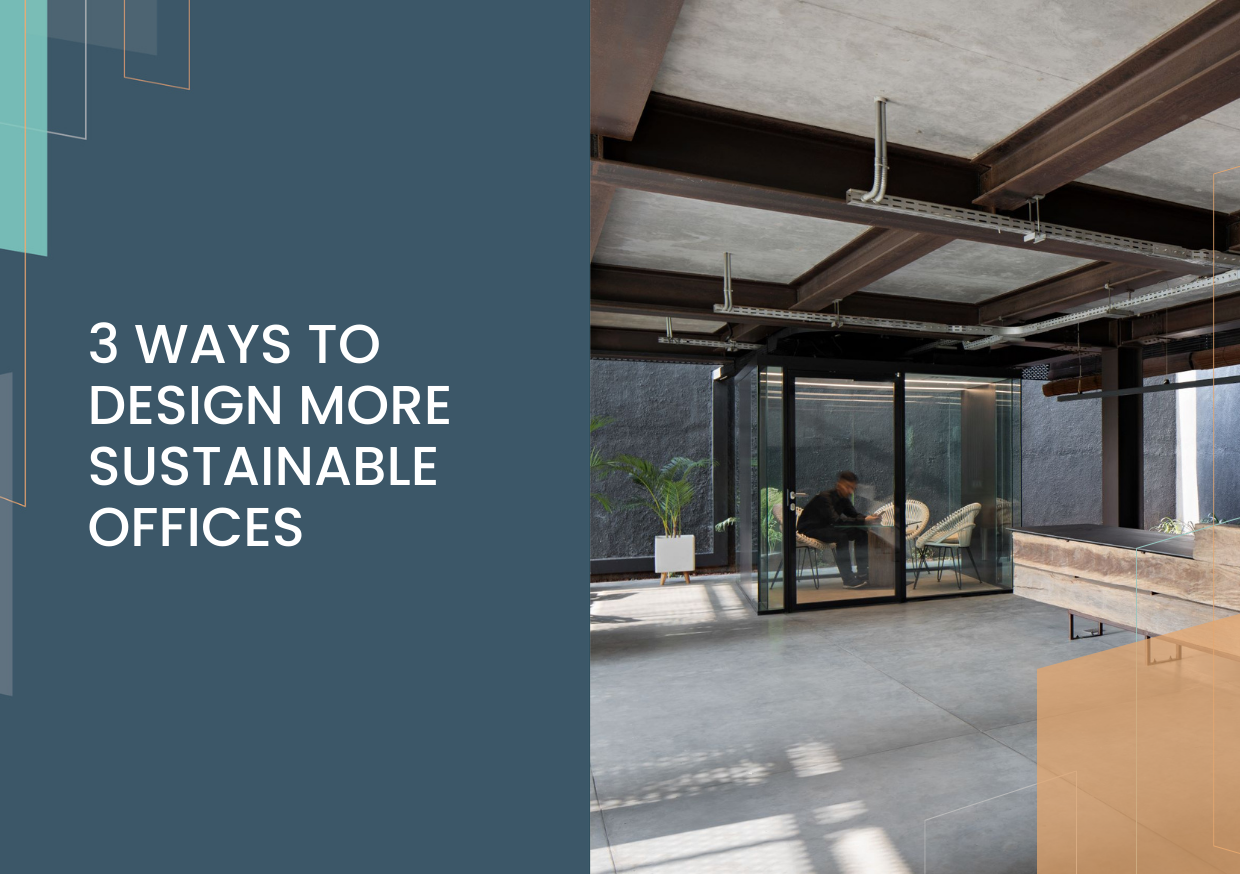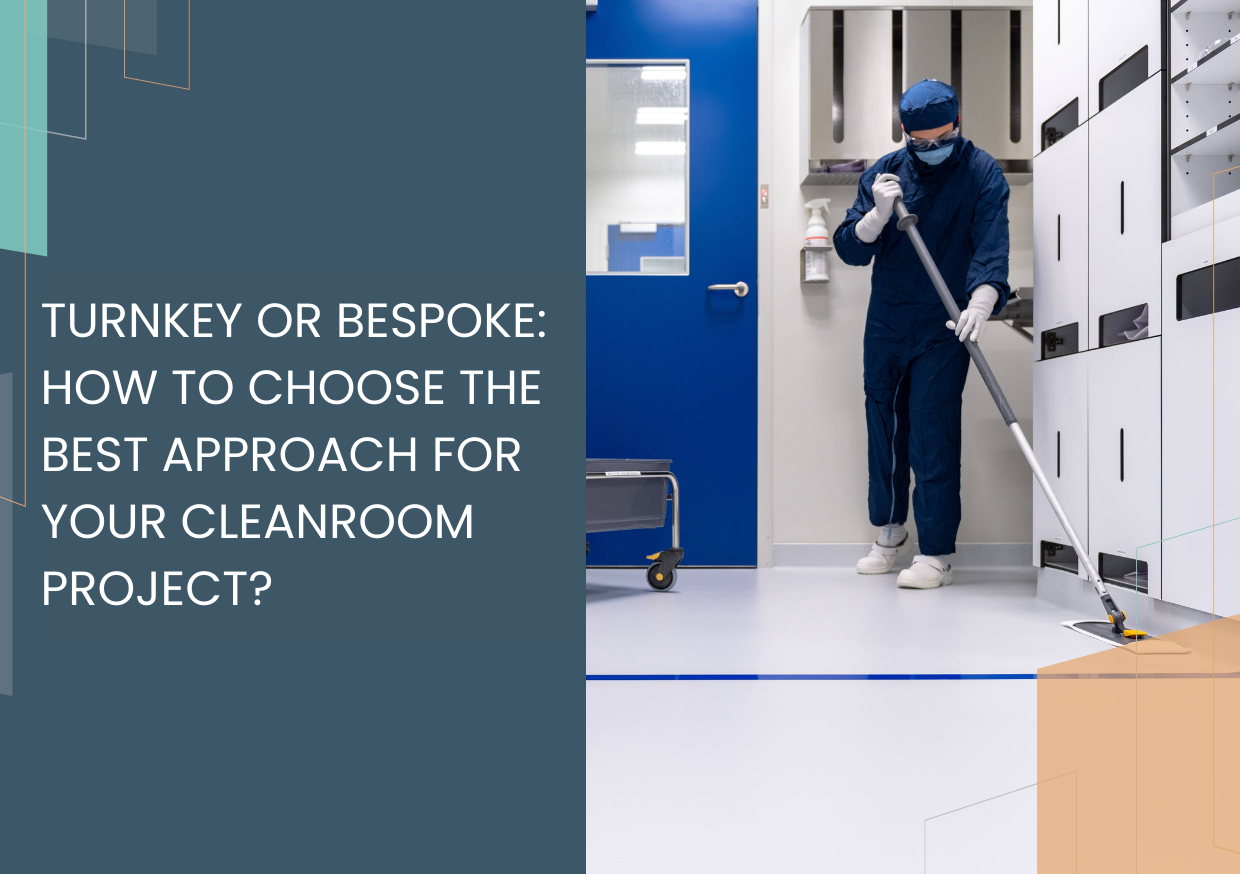
2023 Office Design
Despite the global pushback to the office, attendance remains lower than pre-covid.
Is the office doomed to be deserted by younger generations entering the corporate world?
The answer is likely no, but it doesn’t mean nothing should change. In fact, a lot can be done design-wise to create better spaces where hybrid workers would thrive.
Designing for the Return-to-the-office
2023 has seen many corporations calling their employees back to the office. In an impressive turnaround from early post-covid days, some employers now pull the brakes on work-from-home.
Business behemoths like JP Morgan or Goldman Sachs made headlines earlier this year by adopting stricter stances toward flexible work policies. But despite this global pushback to the office, attendance remains lower than pre-covid.
Is the office doomed to be deserted by younger generations entering the corporate world?
The answer is likely no, but it doesn’t mean nothing should change. In fact, a lot can be done design-wise to create better spaces where hybrid workers would thrive.

After all, many now understand the workplace to be less of a setting to ‘turn up and work’ and instead be more of a place to get things done when home isn’t suitable or a hub from ‘dropping by’ when the need arises.
With the office increasingly becoming the primary place to foster in-person collaboration and serendipity, there is a strong incentive for you to invent new spaces to nurture interactions while preserving your employees’ well-being.
The Post Covid Return To Work
A study completed at the height of the pandemic was conducted in order to better understand the relationship between working from home and overall workplace successes. The
full results can be found here
, but it makes for fascinating reading, and suggests that many employees expect a little more fluidity in their return to work.
88% of those interviewed had worked more than one day a week in the office throughout the pandemic. One of the most important factors is that many of those interviewed believed that they perform equally as well at home and the office, although for collaborative work, being in person is the preferred method.
Are you noticing a trend?
Managers and business owners are equally as satisfied with 70% reporting the same if not better results from this hybrid form of working.
With this in mind, only 16% of the global participants want to wave goodbye to the office forever, with many wanting a mix of both home and office-based work. These findings should create a spark in your mind and start driving how you can create the perfect environment combining a flexible workspace that offers the best of both worlds.
Using this information and feedback from your own team on what they want, should help drive your office fit out and the choice of office furniture that you opt for, helping you create an attractive working environment in the time of return-to-the-office.
So, with that being said, let’s explore how the workplace has evolved and what most modern version should provide for your employees.
Workplace 3.0 & Modular Workspaces
One of the most common phrases heard in workspace design is the push towards workplace 3.0. This is based on the premise that the industry is heading towards its third iteration, similar to the likes of industry which has been teetering on the edge of industry 4.0 for many years.
Workplace 1.0 is what we first think of when considering a traditional working environment; static desks that are assigned to individual staff members. The only time that workers would get up from their desks is when they go into meeting rooms, which again are static and in a fixed office location.
Then comes workplace 2.0. This is a slightly more fluid version of its predecessor that relies on a more open plan workspace with some portioning between desks. Workplace 2.0 also refers to the occasional sofa or ‘casual’ zone where more informal conversations and collaboration can occur.

IR5_8902_Low
Credits: JustCo Singapore
This is the basis in which workplace 3.0 arrives. A million miles away from the world of workplace 1.0, 3.0 is a far more visually pleasing approach and is something that we associate with the likes of tech giants Google or Facebook.
Workplace 3.0 is as much about sustainability and care for the environment as it is about creating a modern workspace, that is more of a social hub as opposed to, simply, a ‘place of work’.
Which does your business fit in to (and which would you like it to fit into?)
If you’re aims are evolving from 1.0 into the 21st century, or making changes to your current workplace 2.0 setting, let’s explore some of the techniques to use.
Why the office still matters
A pre-COVID 19 report from McKinsey
states that
“
the world around them (businesses asked) is changing, and quickly. Business environments are increasingly complex and volatile, with two-thirds of respondents saying their sectors are characterized by rapid change.”
Never before have businesses had to be this agile.
Let’s start with the basics.
Despite home working being now fully adopted as a normal alternative to office work, it’s important that to remember the importance of the office and the benefits it can bring to your business. Specifically, prolonged isolation periods have shed a light on the importance of creating informal interactions among your employees to foster engagement and serendipity.

Fruitful ideas can emerge from informal interactions between people, outside of scheduled meetings and pre-set video calls. It is important to think the office as a space where employees would easily find places to isolate and brainstorm ideas without being disrupted by other colleagues’ activities.
Using modular office partitions can help you to create more separated, soundproof working spaces where your team can find appropriate working tools and accessories to work comfortably and openly.
What’s more, easily cleaned surfaces and those that can prevent the spread of micro organisms is essential. While remaining VOC-free, many steel-made office fit-out options are available.
POD Rooms For Your Workspace
Being able to create and build on these collaborative workspaces is one thing, but it’s important that is done without altering the surrounding area too much. This is where office PODS can come in use.
These PODS allow for soundproof workspaces that encourage workplace collaboration. Available in a range of sizes, this new approach helps retain the flexibility required of many office environments.
They aren’t just a means of creating a modern workspace either because they’re also great options for those that may have concerns around things such as hygiene, common place in this new world.

These choices of office fit out products help people work how they want to work and create without any limitations. Because partitions can be easily moved, creating infinite design possibilities, staff can work on their own or with barriers between them and their colleagues.
Only with this approach can you truly meet the requirements of the modern worker.
Your Future-Proof Workspace
With workers and businesses calling out for it, and the world of office spaces evolving into this new norm, there’s no excuse to hold off on your office fit out. The products available and on the market are all designed to help you achieve exactly what you want. Modular office partitions and other products going beyond just creating a modern workspace and help you improve the day-to-day for all of your employees.
With the cost for an office fit-out rising on average 4.7% year-on-year as well as the unknown factors such as material shortages or ever-changing lead times, it’s important head in with a more modular approach. Typically, this means modular office partitions and a fit-out with this philosophy has shorter ROI and shorter lead times.
Interested in learning more? Speak to our Modular construction experts to bring agility to your post-covid workspaces.


